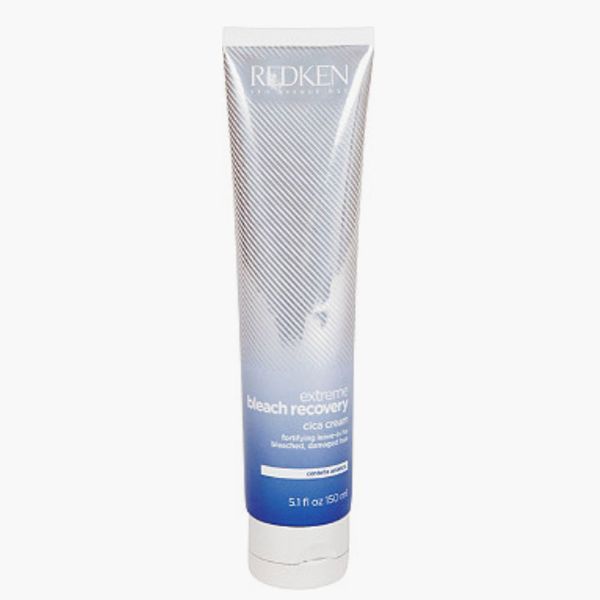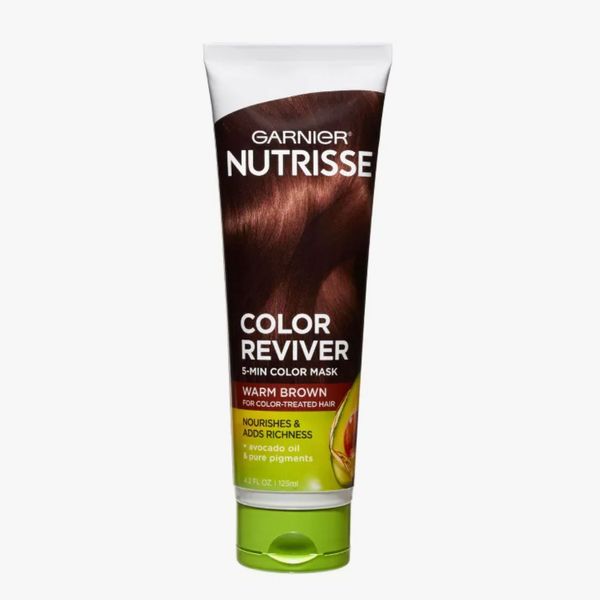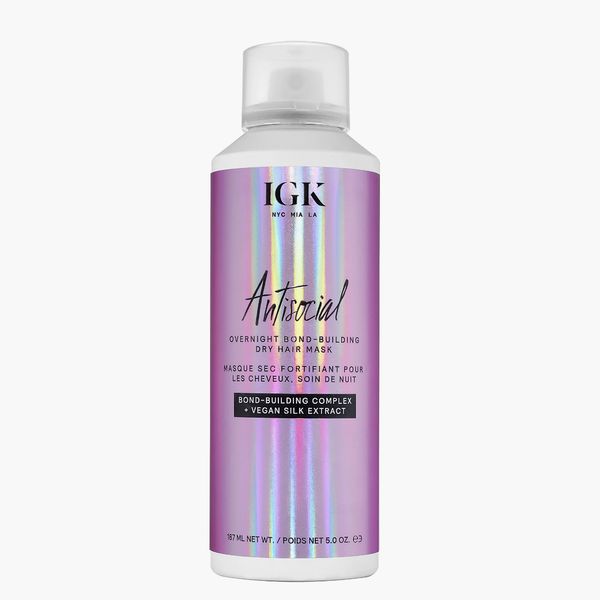How To Dye Your Hair If Your Allergic
9 Things to Consider When Dyeing Your Pilus at Home

Photograph: stock_colors/Getty Images/iStockphoto
Still thinking about switching up your hair colour? In that location's a chance you lot may have to go it alone, as the fate of many salons hangs in the air. If touching upwards your roots or soaking your ponytail in Kool-Aid doesn't quite scratch the crawling, you can take a cue from a lot of other people these days and try to dye your own hair at home.
Boxes of color come with instructions, merely there are a few extra things that the pros desire you know when taking the plunge. We asked glory hair colorist Nikki Lee of Nine Zilch One salon, celebrity colorist and Redken brand ambassador Matt Rez of Mèche salon, and Schwarzkopf hairstylist Wendy Gutkin for guidance on how to dye your hair lonely with minimal regrets.
Before you attempt new hair colour, take a minute to determine if an unsupervised, at-abode hue alter is in your pilus's best interest. If you have extensive impairment, heat-way extremely ofttimes, or are thinking about dabbling in bleach, you may want to expect until for an in-person date. Both Rez and Lee agree: Major color changes should be left to the professionals. Aforementioned goes for annihilation involving highlighting or foil piece of work. "That's asking for trouble," warns Rez. Only if you feel like getting into trouble, worst-case scenario, you can just shave it all off.
The all-time way to avoid whatever guesswork? "Reach out to your colorist and see if they tin can put a color kit together for you," says Rez, who has been decorated doing exactly that for clients. Otherwise, offset by figuring out what color your pilus truly is. "Are y'all a medium warm brown, a lite cool blonde? In one case you better understand that, selecting a colour becomes less complicated," says Lee.
If yous desire this to be as depression-risk as possible, she recommends staying within two shades above or beneath your natural shade (going darker is the safer of those two safety options), and never trust the smiley person on the front of the box. "The swatches on the side of the box will show you how the color you're choosing will plow out based on your current root shade," Lee added. Still struggling? Turn to your devices. Both Garnier and Schwarzkopf have fun virtual shade endeavor-on pages.
Co-ordinate to Lee, most of the accessible, at-home colors you lot discover in drugstores are permanent dyes, meaning yous're stuck with your decision for the fourth dimension being if yous mess up. If you're just looking for something to tide you lot over until your next appointment, she suggests going for a semi-permanent formula that volition eventually launder out over time. If you're looking to diffuse new growth or gray hairs with an all-over colour alter, Rez recommends demi-permanent color, which also washes out over fourth dimension (but non as quickly every bit semi-permanent color) and only darkens colour (rather than lifting information technology), which ways less of an opportunity for you to end up with orange roots.
To ensure full coverage, both Lee and Gutkin say y'all need two boxes of colour if your hair is shoulder-length or longer, very fibroid, or very thick. You'll besides want to make certain you take everything else to get the task washed: gloves, a color brush, some nonmetallic clips, a nonmetallic bowl (metal will oxidize the dye and alter the color), and a timer, which tin be your cell phone or AI personal assistant.
In one case you have your formula, Lee recommends conducting a patch examination on your skin to ensure you don't have an allergic or adverse reaction to the color, and Gutkin recommends conducting a patch test on a small section of subconscious or trimmed hair to ensure you lot don't have any regrets well-nigh the color. "Patch testing is too a fundamental pace for working out timing with your pilus texture," says Gutkin. "The effectively your hair is, the faster the color will develop, meaning less fourth dimension, but if you accept fibroid or dry out hair, you tin can go by the recommended time on the box."
If you're going the demi-permanent or permanent road, Gutkin suggests picking a day to do the human activity, so holding off on shampoo for a day or 2 so your scalp isn't squeaky clean right before dyeing your hair. "This will allow your scalp's natural oils to act as a barrier against irritation." You can also apply a fiddling Vaseline or a thick cream to your hairline for actress protection.
Achieving even coverage requires some strategy. Beginning by parting your hair down the centre and sectioning your pilus into four equal sections starting in the back, so you finish up with ii sections in forepart of the ears and two backside them. Gutkin says to brainstorm applying dye at the roots first, "since the roots need the most color and processing time," and Rez advises really saturating them with color. "And then, employ dye from the back to the front to ensure the dye is sitting on the dorsum of your hair the longest," Gutkin says.
According to Lee, the two areas that should be dyed last are the forepart hairline ("infant hairs could end up too dark if you lot outset with them starting time") followed by your ends. "When you apply one shade all over your head, it can cause your hair color to wait apartment," says Lee. To avoid this and create some dimension with a single color, she recommends running the remaining dye through your ends in the final ten minutes of processing, so they look slightly lighter than the rest of your hair.
After you've applied the color, let information technology sit down uncovered for the allotted time in the instructions, or shorter, depending on the results of your patch test. As tempting as information technology is to put your hair upwardly and out of the way, Gutkin says to avoid buns and clips once the dye is on. "Y'all want to exit hair downwards until the timer rings to ensure the color rinses out evenly." Another style to encourage an fifty-fifty finish: sprinkle a little water on your head earlier rinsing and "mush information technology around with your hands" to avoid any harsh lines and streaks from setting in.
Be sure to conditioner after y'all rinse to seal the cuticle, and tweak your routine going frontward to include weekly strengthening treatments and moisturizing hair masks. The recommendations beneath will help with hair that may be more frail, dry, or porous than usual following the dyeing process.

Rez has been prescribing Redken's Extreme Bleach Recovery system to anyone who has bleached or highlighted their pilus in the past, or has experienced whatever at-home flubs. At that place's a conditioning, strengthening rinse that helps with porosity, and this extra-nourishing leave-in starring the healing Thousand-beauty ingredient cica.

If you want to continually boost your handiwork over time, Lee recommends Garnier'southward Nutrisse Color Revivers, which non simply soften and smooth your hair, merely also refresh your colour to proceed information technology looking dainty until you can get back into the salon.

While plenty of hair masks focus on replenishing moisture earlier existence rinsed out, this innovative spray focuses on strengthening overnight. The dry formula bonds to the natural proteins within the hair fiber, helping to reinforce it from the inside, making information technology a solid pick for damage control postal service-dye.

If you desire to supervene upon your standing engagement with an calm splurge, this legendary hair mask not but nourishes, but stretches your color a little bit longer until you can reunite with your colorist once more.
Source: https://www.thecut.com/article/how-to-dye-your-hair.html
Posted by: lindstred1965.blogspot.com


0 Response to "How To Dye Your Hair If Your Allergic"
Post a Comment